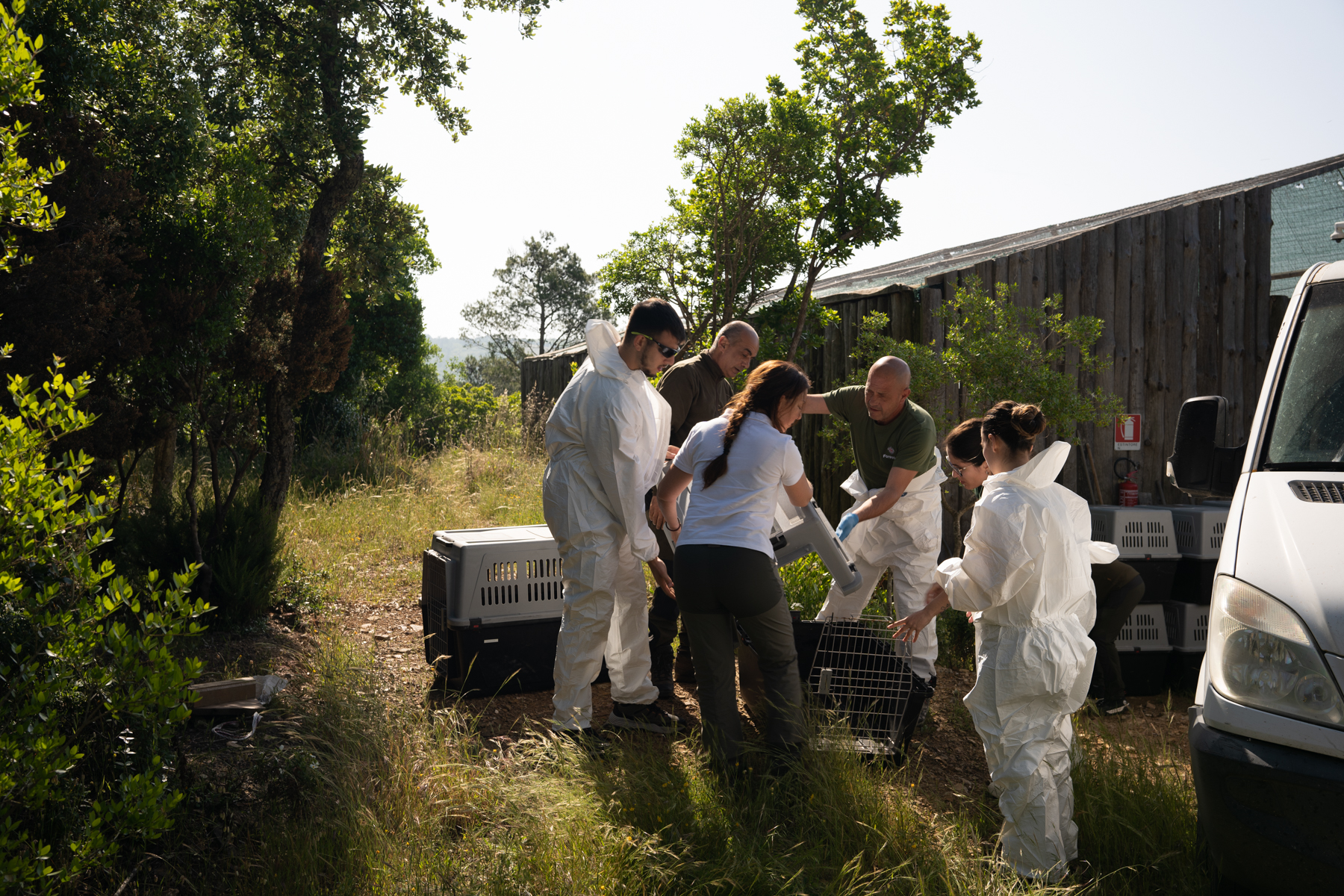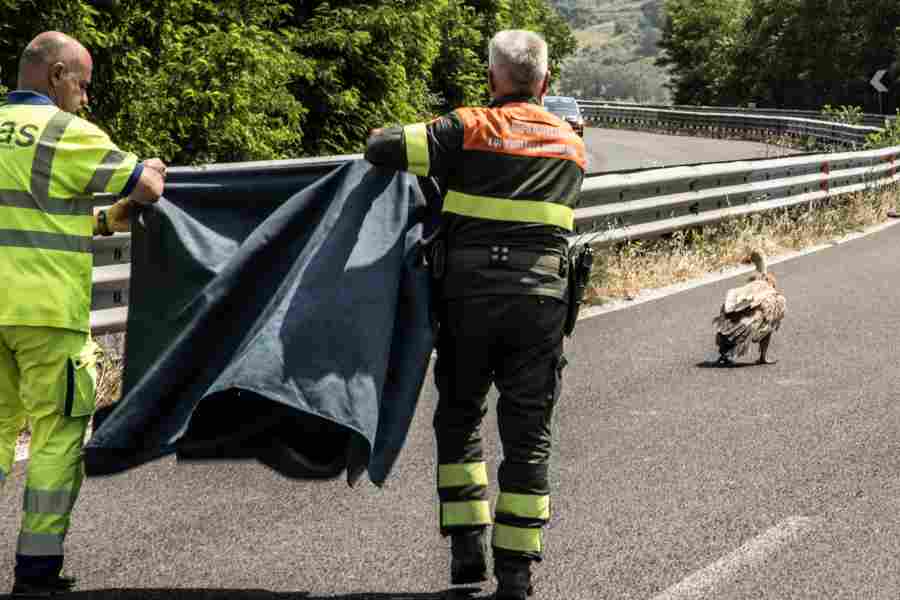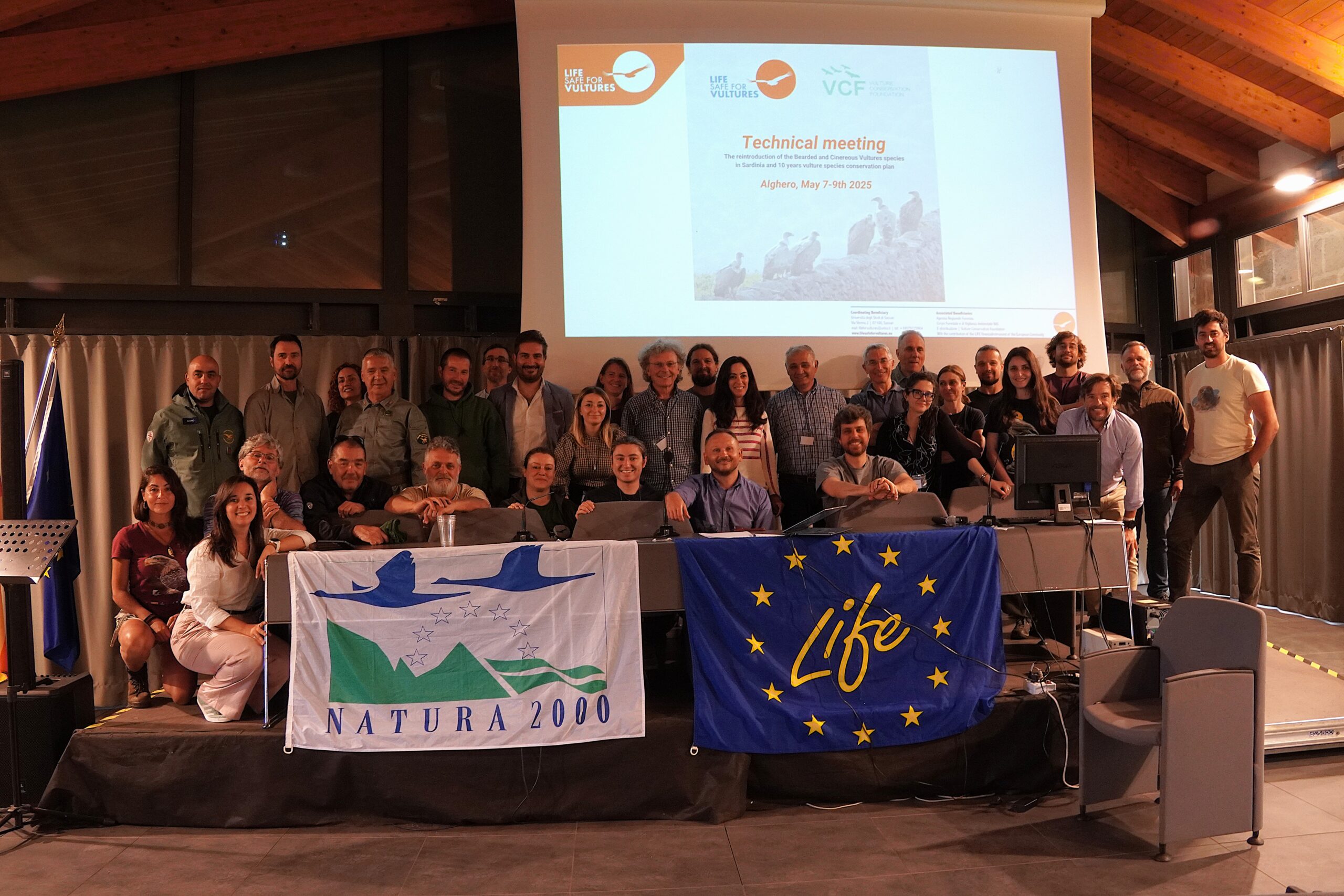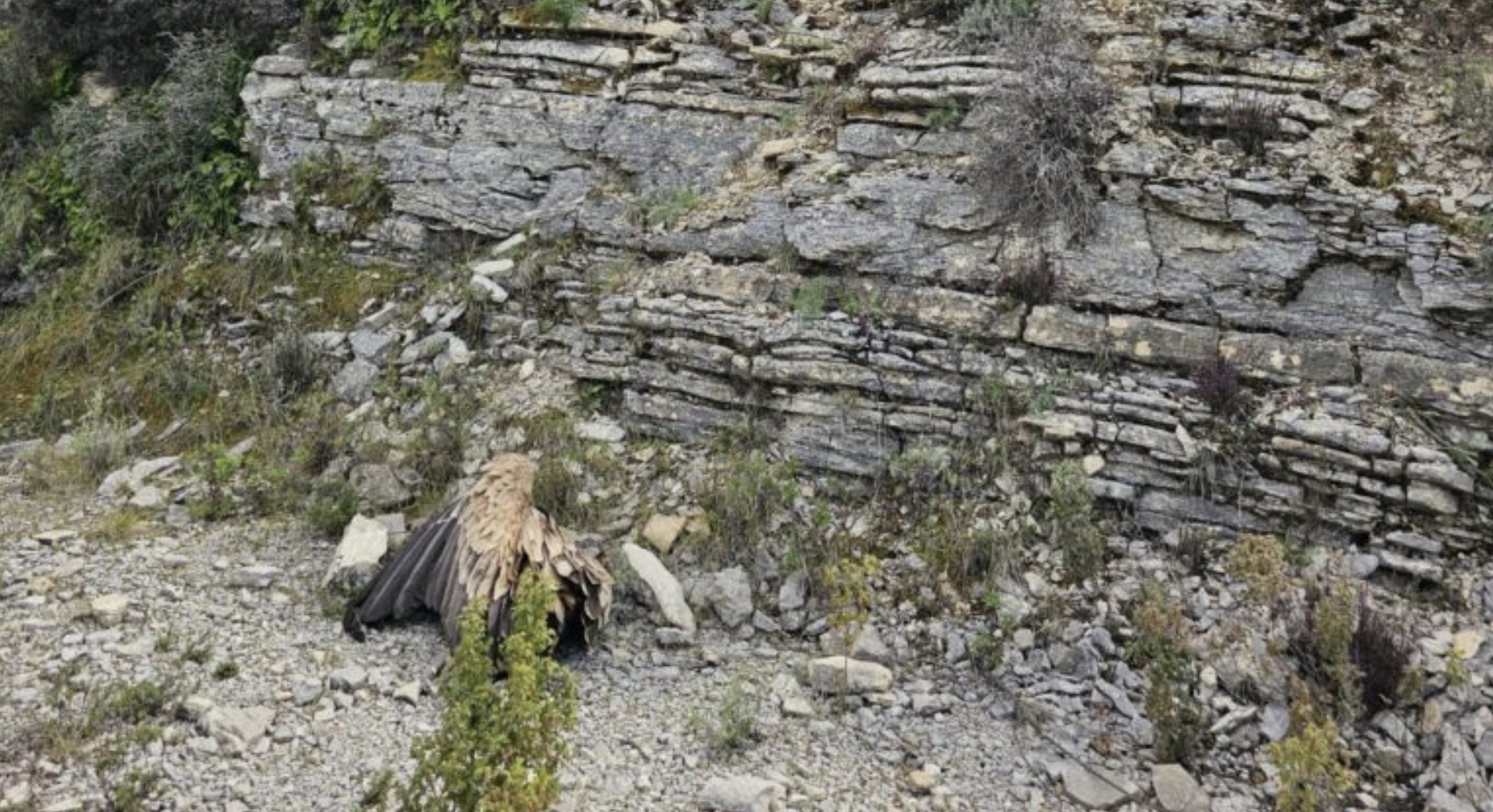The 23rd annual conference of the vulture network in France – held last weekend in Bielle (Pau, Pyrenees), and organised by LPO, and the Parc National des Pyrénées, offered an excellent overview of all the vulture conservation efforts being made in France, and presented the 100+ participants some excellent talks and overall a great positive message – vultures in France are doing well and are in good hands – the research and monitoring are excellent, and the vulture conservationists are now tackling most of the threats and the misconceptions regarding their birds. Crucially, they are also reaching out to the different stakeholders that have to be included in these efforts.
It was precisely in Bielle that the Terrasse bothers discovered in the 1960s that vultures were not extinct in France – their pioneering efforts led to the discovery that bearded vultures and griffon vultures still existed in the country, precisely in the valley of Ossau where this meeting took place. Their keynote talk opening this conference was a fascinating account of the vision, courage and commitment of the first years of vulture conservation in France– and also a reminder of all the progress made since then. 50 years later, hundreds of pairs of griffon vultures breed in the same valley, and all species in France are increasing and expanding their range.
It was great then to follow through a very rich programme, where excellent research was presented – namely on analysis of foraging movements by tagged griffons vultures, as well as on the population viability for the black vulture population in France and also best surveying methods for this species. Several of the ongoing vulture conservation projects also presented their results – including LIFE GYPCONNECT and LIFE GYPHELP, in which the VCF is also a partner.
It was particularly heartening to see four themes widely discussed
– Régis Barbau presented his study evaluating the perception of different stakeholders to vultures, made in the framework of GYPCONNECT – this is a very important topic, as one of the challenges ahead is to modify the (still negative) perception of vultures in the wider public and some target audiences.
– Jean-Michel Salles presented a study to evaluate the ecosystem services provided by vultures – a key component of our conservation strategies. We need to promote the concept that vultures make sense in the natural world from an ecological but also economic sense!
– The need to include the livestock breeders in the debate and efforts, namely regarding the expansion of the griffon vulture and the misconception that this species could become a problem – a lot of effort is taking place, and some excellent progress achieved already.
– The international dimension of vulture conservation. It was very heartening to see the presence of Spanish, Italian and Algerian vulture conservationists, some of whom gave talks about efforts in their countries. The VCF has also presented the work being done with the Egyptian vulture in Portugal-Spain within LIFE RUPIS and the Vulture Multi-species Action Plan, that will hopefully be endorsed soon by the Convention for Migratory Species (CMS). The conservation of vultures is indeed an international affair and we need to link local and national projects to European and regional strategies.
The meeting was enriched by intensive side discussions, and of course by the music and dancing – in this instance a local group that gave a fascinating display of Béarnais culture!
On the last day, the team from the Parc National des Pyrénées managed to cajole 120 griffon vultures to come to feed to our picnic spot, thus leaving us all with an excellent lasting memory. The VCF would like to thank the LPO and the Parc National des Pyrénées for an excellent event!
You can download all the presentations from the meeting in this website http://rapaces.lpo.fr/gypaete-barbu/les-rencontres-du-reseau-vautours
You can also see some press coverage of the meeting in the links below



